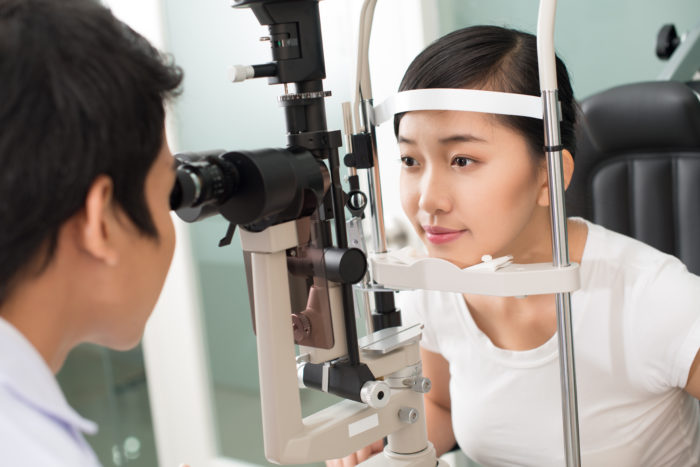Improving Vision Care
January 30, 2020
For the 90 million Americans with vision conditions, daily struggles can be compounded by barriers to proper care. So explains a new white paper from the Vision Health Advocacy Coalition, an organization dedicated to patient-centered vision care.

As “Access to Treatment for Vision Conditions” explains, vision conditions can strike at any age and stem from genetics, injury, aging, infection and autoimmune diseases. They often interact with other co-occurring diseases and act as important indicators of overall health. The paper touches on conditions such as:
- Retinopathy, which causes blurry vision or dark spots, and can occur due to high blood sugar levels that damage vessels in the retina
- Dry eye, which occurs due to insufficient tear production and can be related to lupus
- Cataracts involve the clouding of the lens and occur in children and, more commonly, older adults
- Thyroid eye disease, an autoimmune condition that causes swelling and bulging of the eyes, and is associated with an overactive thyroid
- Uveitis, a condition resulting in severe eye redness, pain and blurred vision, can be triggered rheumatoid arthritis, an autoimmune disease.
Vision health poses a significant burden to individuals and society, the paper notes. On an individual level, vision impairment can limit a person’s independence and productivity. Impaired vision can also impede a person’s ability to communicate or socialize, potentially diminishing quality of life. On a societal level, treatment cost and lost productivity of patients and caregivers creates a significant economic burden.
Vision conditions range widely in type and severity. Some minor infections like pink eye typically resolve quickly without medical attention. Other infections, like ocular herpes, are severe medical issues that need immediate treatment to avoid vision loss and life-long disability.
Barriers to Vision Care
Prevention and early intervention are critical to treating vision conditions, the paper explains. Yet access barriers can block patients from the care they need. Major barriers to vision care include:
Lack of insurance coverage. Vision is an important component of overall health. But, similar to dental care, vision health services are not included under most insurance plans. This coverage model discourages patients from seeking preventive care because they would have to pay for it out of pocket. For patients with treatable vision conditions, insurance company utilization management techniques hinder timely access to effective therapies.
High out-of-pocket costs. While the cost of preventive services is far less than the cost of future vision treatment, it is enough to deter patients. As the paper notes, only half of adults at high risk for vision loss visited an eye doctor in the past year.
Poor vision health education. Poor public education about vision health also contributes to the underutilization of vision services, the paper explains. A lack of information about risk factors and available interventions may cause patients to set vision health as a low priority. Low prioritization coupled with limited accessibility to providers leads to patients not getting the care they need.
Policy Solutions
The paper concludes by calling for policies to improve access to vision care. A combination of increased vision health awareness, integration of vision care into overall health care and adequate insurance coverage can benefit everybody, the paper explains, by helping people with vision problems live full, productive lives.
To learn more, read “Access to Treatment for Vision Conditions” at VisionHealthAdvocacy.org.
Categorized in: Blog

